Ten Kinds Casting Processes In Foundries
Casting Classification
- Sand casting
- Investment casting
- Die casting
- Low pressure casting
- Centrifugal casting
- Gravity Die Casting
- Vacuum casting
- Squeeze casting
- Lost foam casting
- Continuous casting
1.Sand Casting
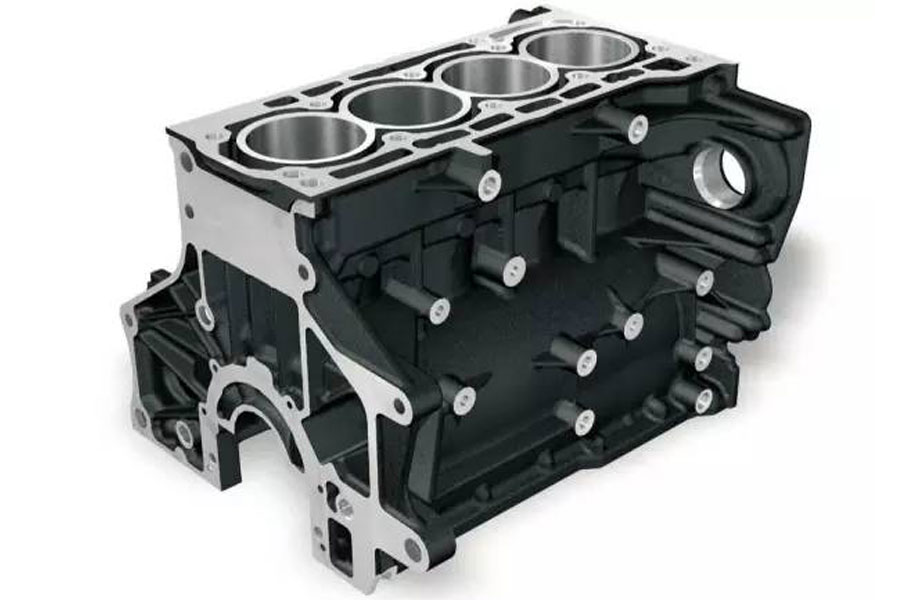
Sand casting: A casting method for producing castings in sand. Steel, iron and most non-ferrous alloy castings can be obtained by sand casting methods.
Process flow:
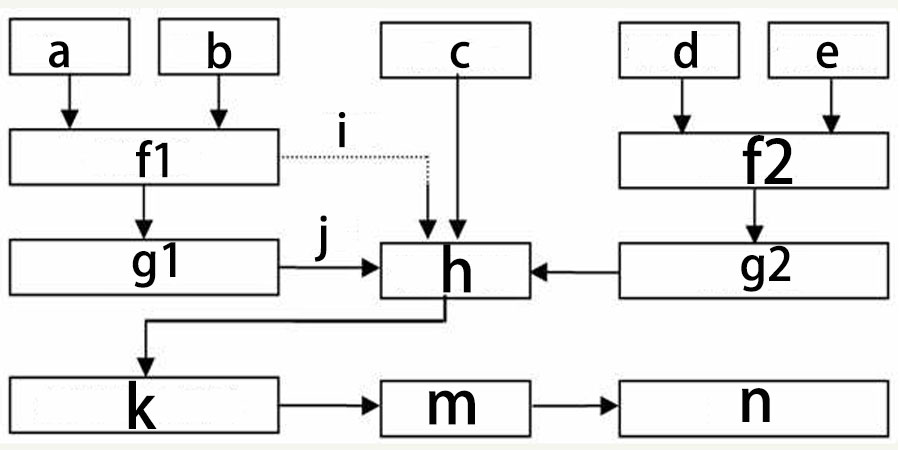
- a: Manufacturing Mold Sample
- b: Preparation Of Molding Sand
- c: smelted metal
- d: Manufacturing Core Sand
- e: Manufacturing Core Box
- i: Wet Type
- j: Dry Type
- f1: Manufacturing Sand
- g1: Drying Sand
- f2: Manufacturing Sand Core
- g2: Drying Sand Core
- h: The Mold Is Formed As A Mold
- k: Take Out The Casting From The Mold
- m: Clean Up
- n: Inspection Parts
Technical Features:
- It is suitable for making blanks with complex shapes, especially with complex inner cavities;
- Wide adaptability and low cost;
- For some materials with poor plasticity, such as cast iron, sand casting is the only forming process for manufacturing its parts or blanks.
- Application: automobile engine cylinder block, cylinder head, crankshaft and other castings
2.Investment Casting
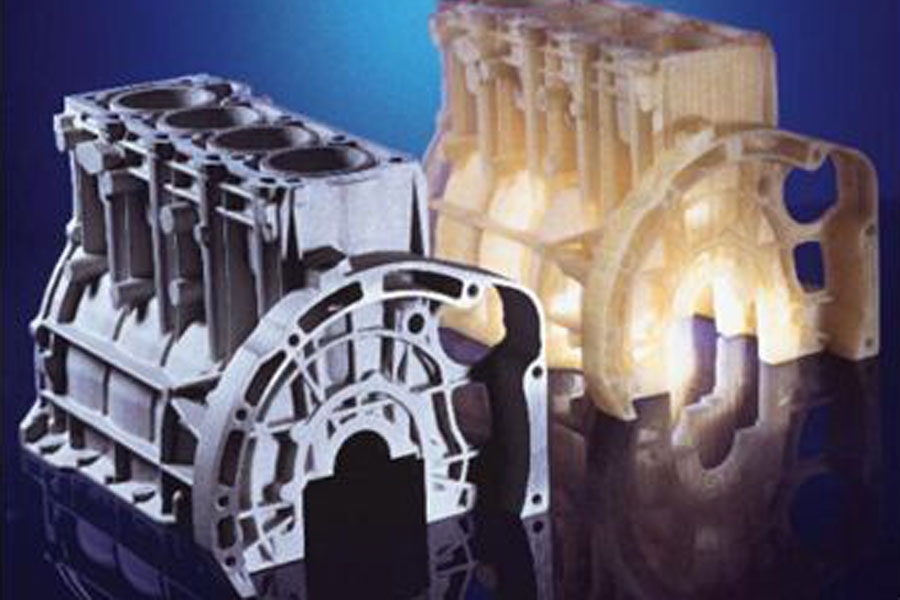
Investment casting: usually refers to making a pattern made of fusible materials, covering the surface of the pattern with several layers of refractory materials to form a shell, and then melting the pattern out of the shell to obtain a mold without a parting surface. After high temperature baking Then, it can be filled with sand and poured. Often referred to as "lost wax casting".
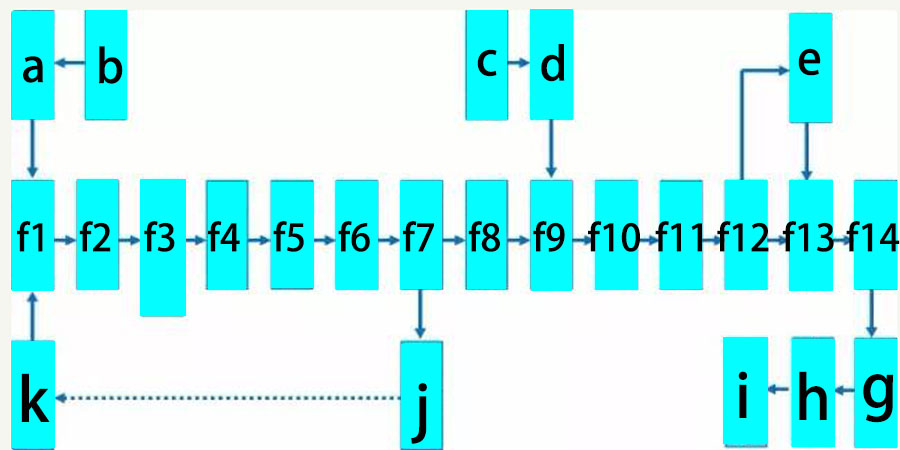
- a: Mold Making
- b: Casting Diagram
- c: Smelting
- d: Component Analysis
- e: Pickling Passivation
- f1: Wax Injection
- f2: Wax Model
- f3: Welding Pouring Riser
- f4: Hanging Paint
- f5: Loose Sand
- f6: Hardening
- f7: Dewaxing
- f8: Mould Shell Baking
- f9: Casting
- f10: Shelling
- f11: Clean Up
- f12: Heat Treatment
- f13: Inspection
- f14: Warehousing
- g: Cnc Machining
- h: Parts Inspection
- i: Warehousing
- j: Recycled Wax
- k: Wax
Process characteristics
advantage:
- High dimensional accuracy and geometric accuracy;
- High surface roughness;
- It can cast complex castings, and the cast alloy is not limited.
Disadvantages: complicated procedures and high cost
Application: Suitable for the production of small parts with complex shapes, high precision requirements, or other processing difficulties, such as turbine engine blades.
3.Die Casting
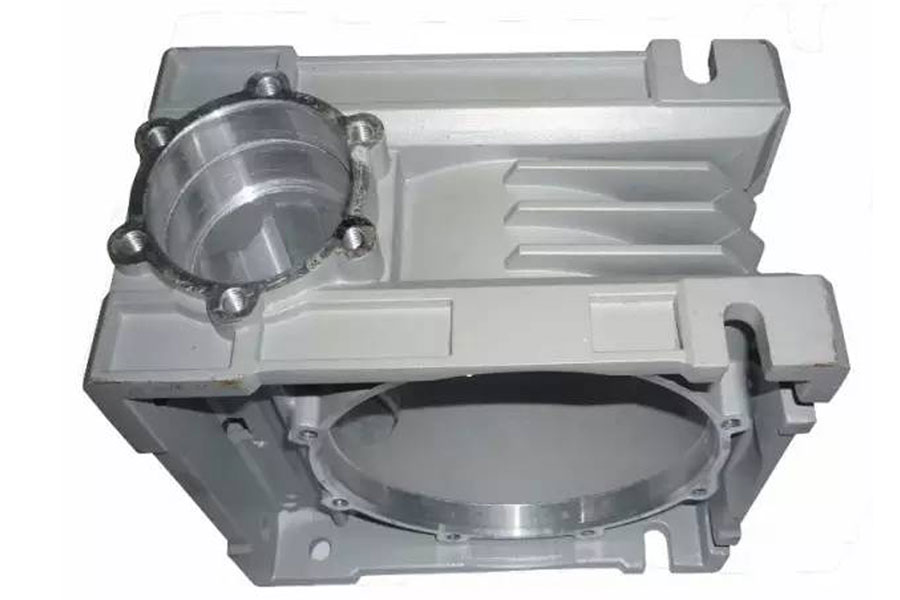
Die casting: It uses high pressure to press molten metal into a precision metal mold cavity at high speed. The molten metal is cooled and solidified under pressure to form a casting.
Die Casting Process:
- Clean the mold
- Spray paint
- Clamping
- Pouring
- solidification
- Mold
- Eject
- Take out the casting
Process characteristics
advantage:
- The metal liquid bears high pressure during die-casting, and the flow rate is fast
- The product quality is good, the size is stable, and the interchangeability is good;
- The production efficiency is high, and the die-casting mold is used many times;
- It is suitable for mass production with good economic benefits.
Disadvantages:
- Castings are prone to small pores and shrinkage porosity.
- Die castings have low plasticity and are not suitable to work under impact load and vibration;
- When high melting point alloy is die-casting, the mold life is low, which affects the expansion of die-casting production.
Application: Die castings were first used in the automobile industry and instrument industry, and later gradually expanded to various industries, such as agricultural machinery, machine tool industry, electronics industry, defense industry, computer, medical equipment, clocks, cameras, and daily hardware, etc. .
4.Low Pressure Casting

Low pressure casting: refers to the method of filling the mold with liquid metal under lower pressure (0.02~0.06MPa) and crystallizing under pressure to form castings.
Technical features:
- The pressure and speed during pouring can be adjusted, so it can be applied to various casting molds (such as metal molds, sand molds, etc.), casting various alloys and castings of various sizes;
- Bottom injection type filling is adopted, the filling of molten metal is stable and there is no splash phenomenon, which can avoid the entrapment of gas and the erosion of the wall and core, which improves the qualification rate of castings;
- The casting crystallizes under pressure, the structure of the casting is dense, the outline is clear, the surface is smooth, and the mechanical properties are high, which is especially advantageous for the casting of large and thin-walled parts;
- The feeder riser is omitted, and the metal utilization rate is increased to 90-98%;
- Low labor intensity, good working conditions, simple equipment, easy to realize mechanization and automation.
Application: Mainly traditional products (cylinder head, wheel hub, cylinder frame, etc.).
5.Centrifugal Casting
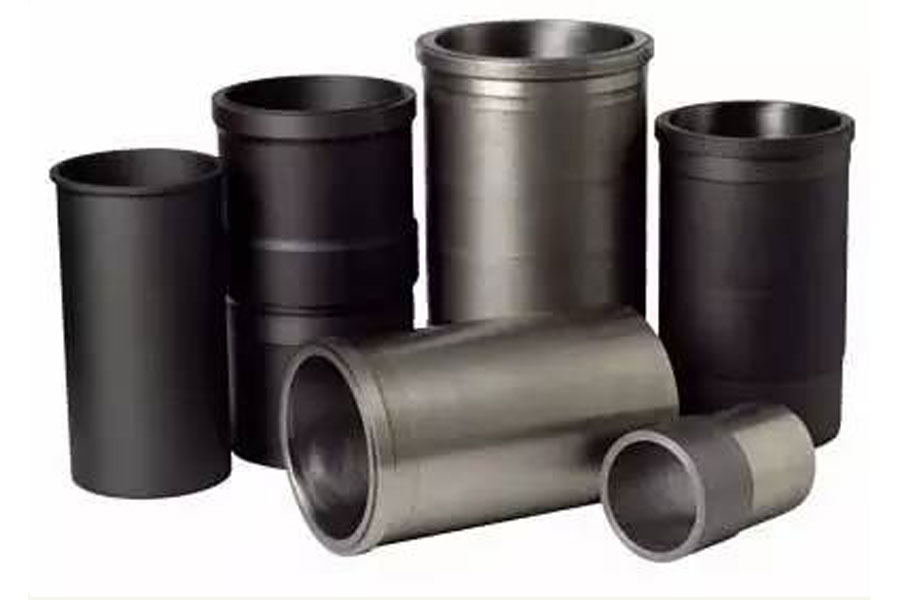
Centrifugal casting: is a casting method in which molten metal is poured into a rotating mold, and the mold is filled under the action of centrifugal force to solidify and shape.
Process characteristics
advantage:
- There is almost no metal consumption in the gating system and the riser system, which improves the production rate of the process;
- It is not necessary to use the core when producing hollow castings, so the metal filling ability can be greatly improved when producing long tubular castings;
- Castings have high density, few defects such as pores and slag inclusions, and high mechanical properties;
- It is convenient to manufacture barrel and sleeve composite metal castings.
Disadvantages:
- There are certain limitations when used in the production of special-shaped castings;
- The diameter of the inner hole of the casting is inaccurate, the surface of the inner hole is relatively rough, the quality is poor, and the machining allowance is large;
- Castings are prone to segregation of specific gravity.
application:
Centrifugal casting was first used in the production of cast pipes. At home and abroad, centrifugal casting was used in metallurgy, mining, transportation, irrigation and drainage machinery, aviation, national defense, automobile and other industries to produce steel, iron and non-ferrous carbon alloy castings. Among them, the production of castings such as centrifugal cast iron pipes, internal combustion engine cylinder liners and shaft sleeves is the most common.
6.Gravity Die Casting
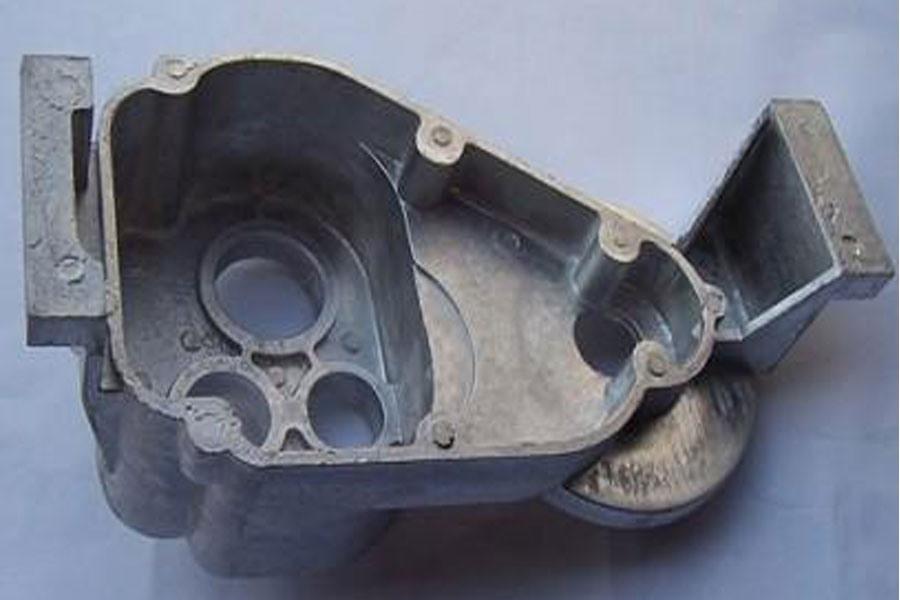
Gravity Die Casting: refers to a molding method in which liquid metal is filled with a metal mold under the action of gravity and cooled and solidified in the mold to obtain a casting.
Process characteristics
advantage:
- The thermal conductivity and heat capacity of the metal mold are large, the cooling rate is fast, the structure of the casting is dense, and the mechanical properties are about 15% higher than that of the sand casting.
- Castings with higher dimensional accuracy and lower surface roughness values can be obtained, and the quality stability is good.
- Because sand cores are not used and rarely used, the environment is improved, dust and harmful gases are reduced, and labor intensity is reduced.
Disadvantages:
- The metal mold itself has no air permeability, and certain measures must be taken to derive the air in the cavity and the gas generated by the sand core;
- The metal mold has no retreat, and the casting is prone to cracks when solidified;
- The metal mold manufacturing cycle is longer and the cost is higher. Therefore, only in mass production, can it show good economic results.
Application: Metal mold casting is not only suitable for mass production of non-ferrous alloy castings such as aluminum alloys and magnesium alloys with complex shapes, but also suitable for the production of iron and steel metal castings and ingots.
7.Vacuum Die Casting
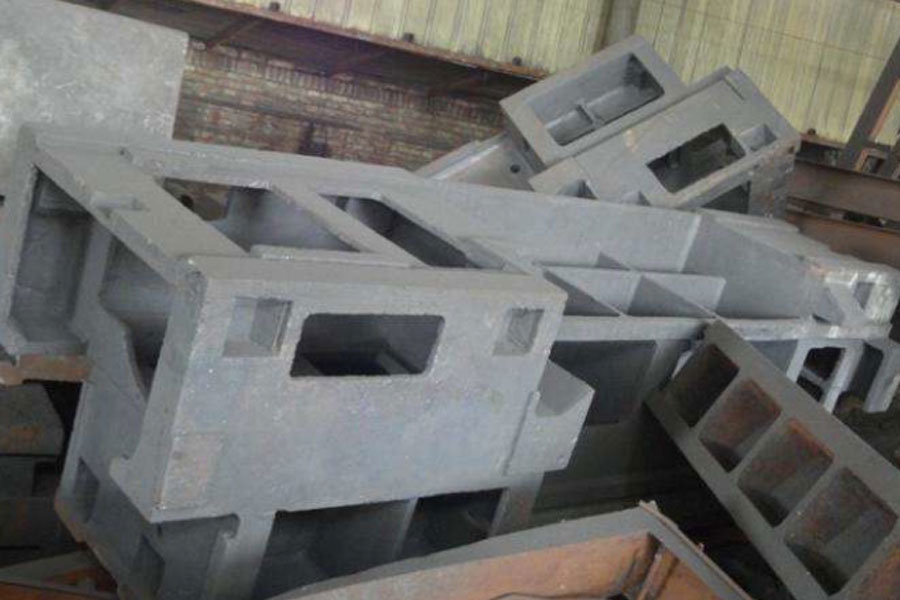
Vacuum casting: An advanced die-casting process that eliminates or significantly reduces the pores and dissolved gases in the die-casting parts by removing the gas from the die-casting mold cavity during the die-casting process, thereby improving the mechanical properties and surface quality of the die-casting parts.
Process characteristics
advantage:
- Eliminate or reduce the pores inside the die casting, improve the mechanical properties and surface quality of the die casting, and improve the plating performance;
- To reduce the back pressure of the cavity, lower specific pressure and alloys with poor casting properties can be used, and it is possible to die-cast larger castings with a small machine;
- The filling conditions are improved, and thinner castings can be die-casted;
Disadvantages:
- The mold sealing structure is complicated, and it is difficult to manufacture and install, so the cost is high;
- If the vacuum die-casting method is improperly controlled, the effect is not very significant.
8.Squeezing Die Casting

Squeeze casting: is a method of solidifying, flowing and forming liquid or semi-solid metal under high pressure to directly obtain parts or blanks. It has the advantages of high utilization rate of liquid metal, simplified process and stable quality. It is an energy-saving metal forming technology with potential application prospects.
- Direct squeeze casting: spray paint, cast alloy, close mold, pressurize, hold pressure, release pressure, split mold, demold blank, reset;
- Indirect squeeze casting: spray coating, mold clamping, feeding, filling, pressurization, pressure holding, pressure relief, mold splitting, blank demolding, resetting.
Technical features:
- It can eliminate internal defects such as pores, shrinkage holes and shrinkage porosity;
- Low surface roughness and high dimensional accuracy;
- It can prevent the occurrence of casting cracks;
- It is easy to realize mechanization and automation.
Application: It can be used to produce various types of alloys, such as aluminum alloy, zinc alloy, copper alloy, ductile iron, etc.
9.Lost Foam Casting
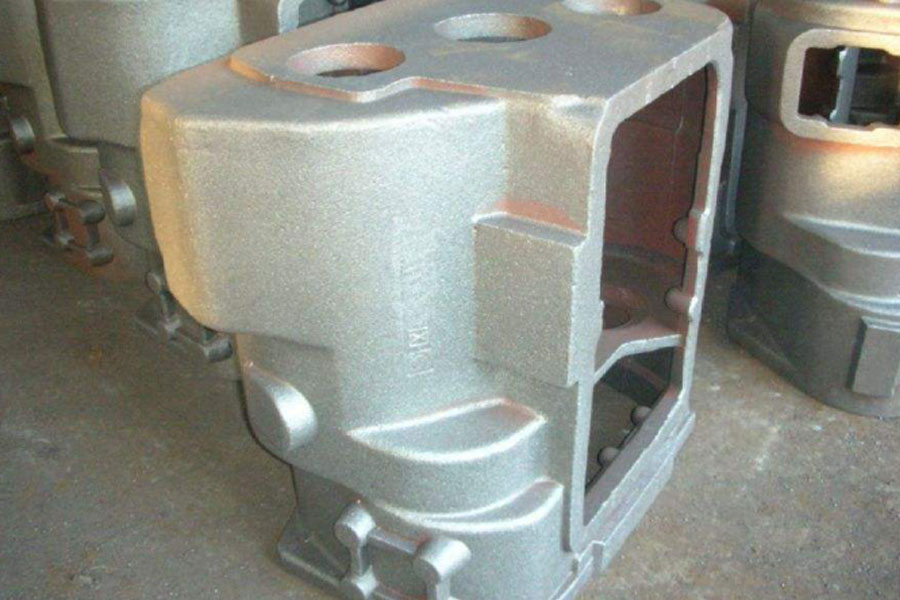
Lost foam casting (also known as full mold casting): It is to combine paraffin wax or foam models with similar size and shape to the castings to form clusters. After brushing and drying refractory coatings, they are buried in dry quartz sand for vibration modeling. It is a new type of casting method in which the mold is vaporized by pouring under pressure, the liquid metal occupies the position of the mold, and the casting is formed after solidification and cooling.
Process flow: pre-foaming→foaming→dipping coating→drying→modeling→pouring→falling out→cleaning
Technical features:
- The casting has high precision and no sand core, which reduces the processing time;
- No parting surface, flexible design and high degree of freedom;
- Clean production, no pollution;
- Reduce investment and production costs.
Application: It is suitable for the production of precision castings of various sizes with complex structures, unlimited types of alloys, and unlimited production batches. Such as gray cast iron engine box, high manganese steel elbow, etc.
10.Continual Casting
Continuous casting: It is an advanced casting method. Its principle is to continuously pour molten metal into a special metal mold called a mold. The solidified (crusted) castings are continuously removed from the mold. Pull out one end, it can get any length or specific length casting.
Continuous Casting Process:
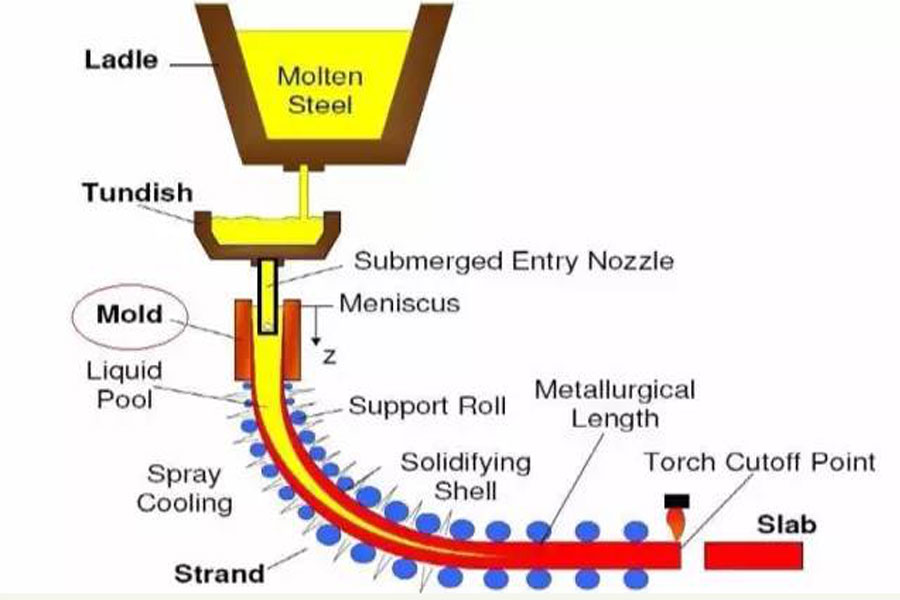
Technical features:
- Due to the rapid cooling of the metal, the crystal is dense, the structure is uniform, and the mechanical properties are better;
- Save metal and increase yield;
- The process is simplified, and modeling and other processes are eliminated, thus reducing labor intensity; the required production area is also greatly reduced;
- Continuous casting production is easy to realize mechanization and automation, and improve production efficiency.
Application: Continuous casting can be used to cast steel, iron, copper alloys, aluminum alloys, magnesium alloys and other long castings with constant cross-sectional shapes, such as ingots, slabs, billets, tubes, etc.
Please keep the source and address of this article for reprinting:Ten Kinds Casting Processes In Foundries
Minghe Die Casting Company are dedicated to manufacture and provide quality and high performance Casting Parts(metal die casting parts range mainly include Thin-Wall Die Casting,Hot Chamber Die Casting,Cold Chamber Die Casting),Round Service(Die Casting Service,Cnc Machining,Mold Making,Surface Treatment).Any custom Aluminum die casting, magnesium or Zamak/zinc die casting and other castings requirements are welcome to contact us.

Under the control of ISO9001 and TS 16949,All processes are carried out through hundreds of advanced die casting machines, 5-axis machines, and other facilities, ranging from blasters to Ultra Sonic washing machines.Minghe not only has advanced equipment but also have professional team of experienced engineers,operators and inspectors to make the customer’s design come true.

Contract manufacturer of die castings. Capabilities include cold chamber aluminum die casting parts from 0.15 lbs. to 6 lbs., quick change set up, and machining. Value-added services include polishing, vibrating, deburring, shot blasting, painting, plating, coating, assembly, and tooling. Materials worked with include alloys such as 360, 380, 383, and 413.

Zinc die casting design assistance/concurrent engineering services. Custom manufacturer of precision zinc die castings. Miniature castings, high pressure die castings, multi-slide mold castings, conventional mold castings, unit die and independent die castings and cavity sealed castings can be manufactured. Castings can be manufactured in lengths and widths up to 24 in. in +/-0.0005 in. tolerance.

ISO 9001: 2015 certified manufacturer of die cast magnesium, Capabilities include high-pressure magnesium die casting up to 200 ton hot chamber & 3000 ton cold chamber, tooling design, polishing, molding, machining, powder & liquid painting, full QA with CMM capabilities, assembly, packaging & delivery.

ITAF16949 certified. Additional Casting Service Include investment casting,sand casting,Gravity Casting, Lost Foam Casting,Centrifugal Casting,Vacuum Casting,Permanent Mold Casting,.Capabilities include EDI, engineering assistance, solid modeling and secondary processing.

Casting Industries Parts Case Studies for: Cars, Bikes, Aircraft, Musical instruments, Watercraft, Optical devices, Sensors, Models, Electronic devices, Enclosures, Clocks, Machinery, Engines, Furniture, Jewelry, Jigs, Telecom, Lighting, Medical devices, Photographic devices, Robots, Sculptures, Sound equipment, Sporting equipment, Tooling, Toys and more.
What Can we help you do next?
∇ Go To Homepage For Die Casting China
→Casting Parts-Find out what we have done.
→Ralated Tips About Die Casting Services
By Minghe Die Casting Manufacturer |Categories: Helpful Articles |Material Tags: Aluminum Casting, Zinc Casting, Magnesium Casting, Titanium Casting, Stainless Steel Casting, Brass Casting,Bronze Casting,Casting Video,Company History,Aluminum Die Casting |Comments Off








